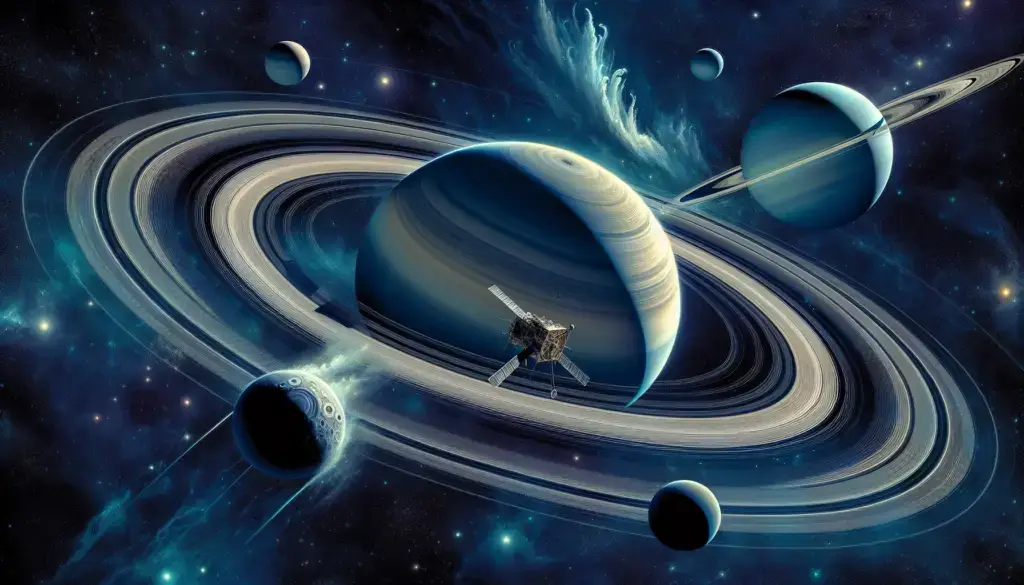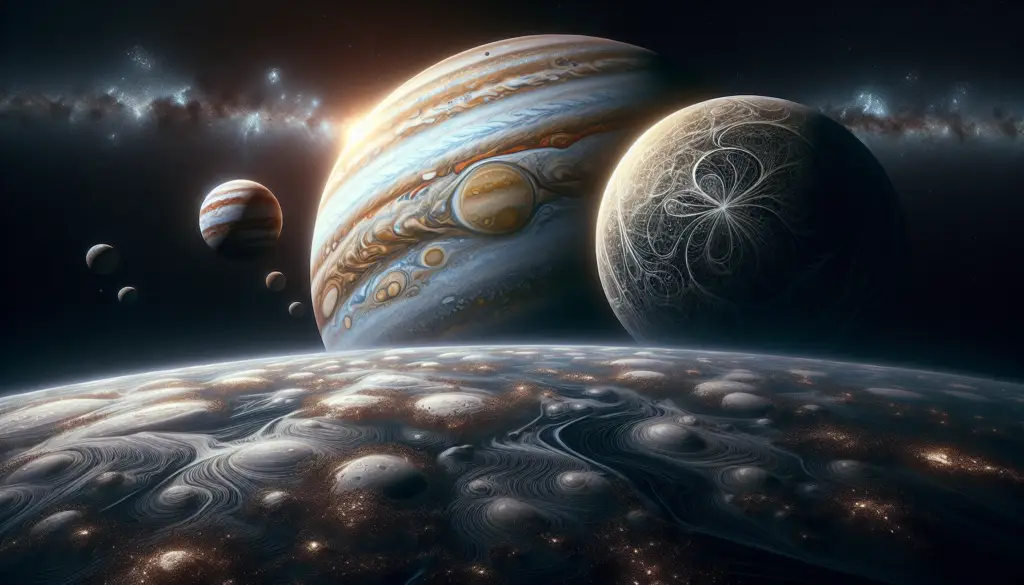Exploring the Wonders of Saturn and Uranus: Cassini’s Groundbreaking Discoveries
Unveiling the Mysteries of Saturn
The solar system is a vast and captivating realm, home to a myriad of celestial bodies that continue to captivate and inspire scientists and space enthusiasts alike. Among the most intriguing of these celestial giants is the planet Saturn, a true marvel of the cosmos. The Cassini spacecraft, a collaborative effort between NASA, the European Space Agency, and the Italian Space Agency, embarked on a remarkable journey to unravel the mysteries of this enigmatic world and its diverse system of moons.
The Cassini Mission: A Groundbreaking Endeavor
Launched in 1997, the Cassini spacecraft spent nearly two decades exploring the Saturn system, making countless groundbreaking discoveries along the way. The mission’s primary objectives were to study the planet’s atmosphere, its intricate ring system, and the diverse array of moons that orbit it, including the enigmatic Titan and the geologically active Enceladus.
Saturn’s Majestic Rings and Diverse Moons
One of the most captivating features of Saturn is its magnificent ring system, which has long been a source of fascination and wonder for astronomers and the general public alike. Cassini’s detailed observations revealed the intricate structure and composition of these rings, shedding light on their formation and evolution. The mission also provided unprecedented insights into the diverse population of moons that orbit Saturn, each with its own unique characteristics and potential for further exploration.

Our Other Related Article : Europa and Io: Captivating Moons of Jupiter Explored
Titan: A Mysterious and Intriguing Moon
Among Saturn’s many moons, Titan stands out as a particularly intriguing and enigmatic world. Cassini’s extensive study of this moon revealed a complex and dynamic environment, with a thick atmosphere, vast hydrocarbon seas, and a surface that bears striking similarities to Earth, despite its much colder temperatures. The mission’s findings have sparked renewed interest in the potential for life to exist on this alien world, and have paved the way for future missions to explore Titan in greater depth.
Enceladus: A Geologically Active Gem
Another moon that captured the imagination of the Cassini team was Enceladus, a relatively small but remarkably active world. Cassini’s observations revealed that Enceladus is home to a subsurface ocean, which is continuously replenished by geysers that erupt from the moon’s surface. This discovery has profound implications for the search for extraterrestrial life, as the presence of liquid water and potential hydrothermal activity make Enceladus a prime candidate for future astrobiological investigations.
Unveiling the Mysteries of Uranus
While the Cassini mission focused primarily on the exploration of the Saturn system, the video also delves into the intriguing world of Uranus, the seventh planet from the Sun. Uranus is a peculiar and enigmatic world, with a unique tilt that causes it to rotate on its side, and a diverse array of moons that continue to captivate scientists.
The Extraordinary Moon of Uranus: Miranda
One of the most remarkable features of the Uranus system is the moon Miranda, which has long been a source of fascination for astronomers. Cassini’s observations, combined with data from previous missions, have revealed that Miranda is a geologically complex world, with a surface that bears the scars of a tumultuous past. From towering cliffs to deep canyons, Miranda’s diverse landscape is a testament to the dynamic processes that have shaped this extraordinary moon.
The Verona Rupes: A Colossal Cliff
Among the most striking features of Miranda is the Verona Rupes, a colossal cliff that is believed to be the highest known cliff in the solar system. This towering escarpment, which rises nearly 12 kilometers (7.5 miles) above the moon’s surface, is a testament to the incredible geological forces that have shaped this enigmatic world. The Verona Rupes is just one of the many wonders that Cassini’s observations have uncovered, and it serves as a tantalizing glimpse into the rich and diverse geology of the Uranus system.
Conclusion: Continuing the Exploration of the Solar System
The Cassini mission’s groundbreaking discoveries have not only expanded our understanding of the Saturn system but have also paved the way for future exploration of the solar system. The wealth of data and imagery collected by Cassini has inspired a new generation of scientists and space enthusiasts, fueling a renewed interest in the study of these distant worlds and the search for extraterrestrial life. As we continue to push the boundaries of our knowledge, the mysteries of the cosmos continue to beckon, inviting us to embark on new and exciting journeys of discovery.

